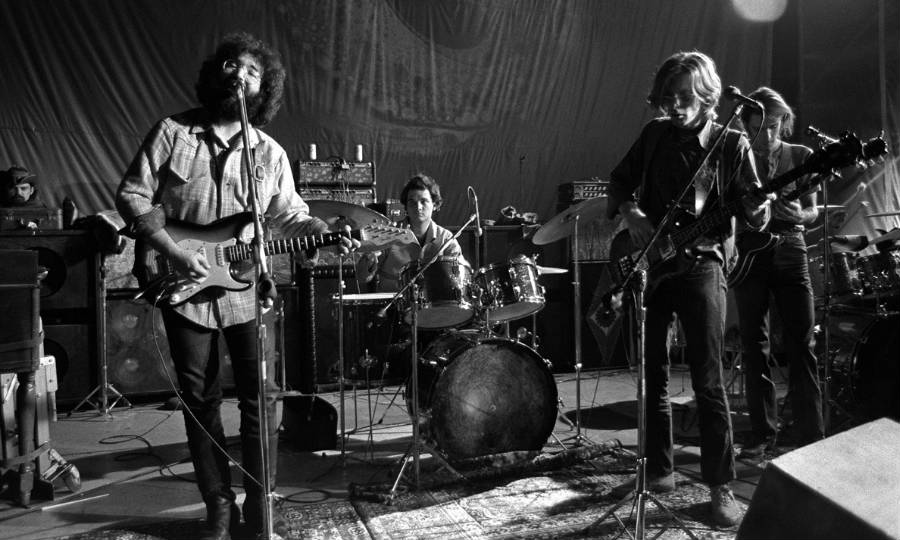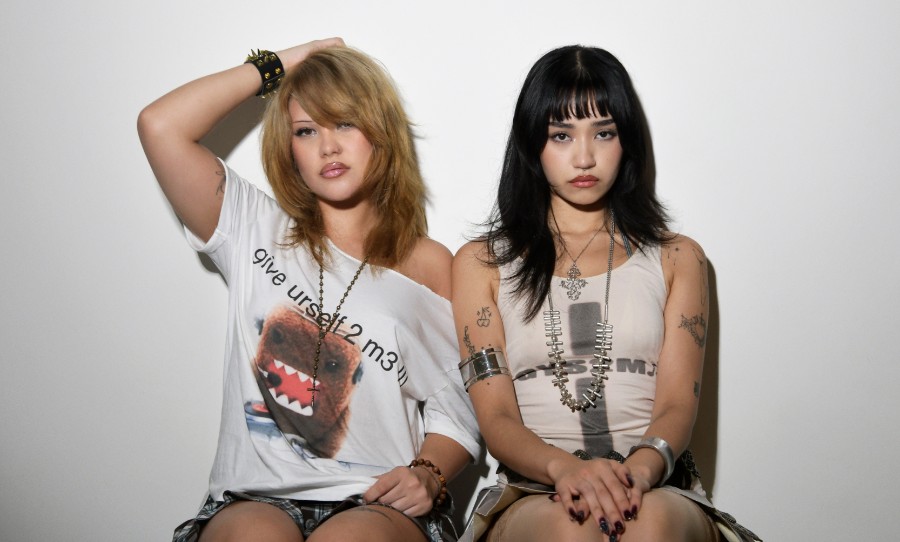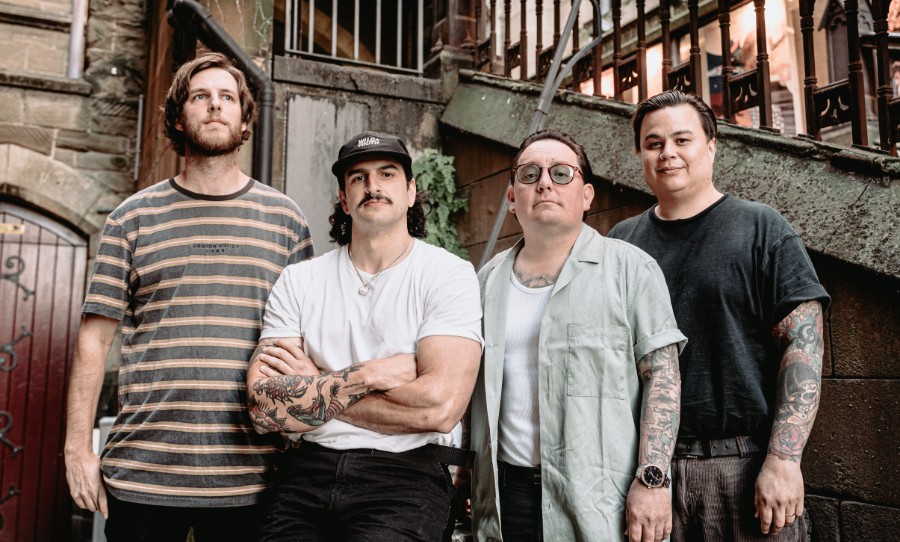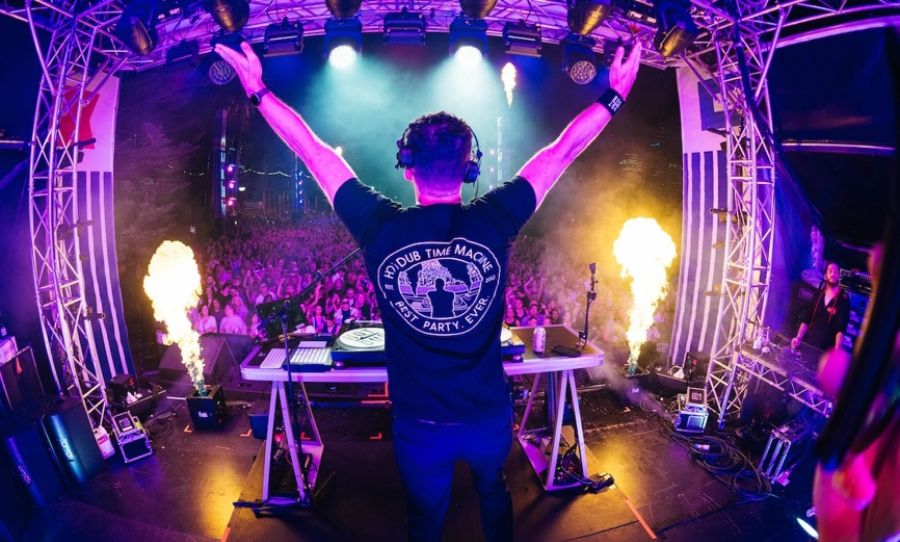5 months after the release of their psychedelic masterwork Aoxomoxoa, The Grateful Dead were $180,000 in debt to Warner Bros thanks to the album’s extensive production and instrumentation. Live/Dead is the cosmic touchstone that saved them.
Aoxomoxoa didn’t sell too well to begin with as Garcia explains, “Hunter and I were both being more or less obscure.” Nonetheless The Grateful Dead were seeing a significant swell in their cult following due to their expansive live shows which ranged from anywhere between three to six hours on average.
On Nov 10, 1969, The Grateful Dead released a double album, Live/Dead, which clocked in at 75 minutes. Considering there’s only seven songs and the a cappella closer, And We Bid You Goodnight, is only 37 seconds long you start to get the picture.
The Grateful Dead were a band exceptionally dedicated to performance perfection, musical originality and vast, fee-form jams. Today we reflect on the importance of Live/Dead in rock history and why it stands tall as the greatest live album of all time.

From the cosmic, mixolydian monster that is Dark Star to the blues boogaloo of The Eleven, The Grateful Dead’s Live/Dead is unlike any other.
Recorded across two shows: on Jan 26 at San Francisco’s Avalon Ballroom and two shows from the same city’s Fillmore West, Live/Dead is a powerful, and crystal clear chronicling of The Grateful Dead’s enduring legacy as the best live improvisational band of all time.
Recorded by sound genius, 1960s figurehead and The Grateful Dead’s personal LSD chemist Owsley ‘Bear’ Stanley, captures a remarkably crisp and defined recording of the birth of a legend on the bands home turf.
Album opener, the 23 minute mixolydian monster Dark Star, soon became a holy grail for ‘DeadHeads’ and is the moment improvisation became an art form in rock. Built upon two simple major chords, Dark Star remains the bands most complex passage requiring a superhuman amount of telekinesis, trust and, yes, LSD.
At their most indulgent the Dead could play Dark Star for literally hours, divulging into walls of feedback, avant garde exploration, and modal interchange before drawing it back to two elusive verses from Robert Hunter and a melodic motif loosely tethered the tune:
Dark star crashes, pouring its light into ashes
Reason tatters, the forces tear loose from the axis
Searchlight casting for faults in the clouds of delusion
Shall we go, you and I while we can
Through the transitive nightfall of diamonds?
Mirror shatters in formless reflections of matter
Glass hand dissolving in ice, petal flowers revolving
Lady in velvet recedes in the nights of good-bye
Shall we go, you and I while we can
Through the transitive nightfall of diamonds?
The Live/Dead version of Dark Star is assuredly the most accessible and mind blowing introduction to the band’s sonic capabilities, and is the closest thing to a living, breathing song. I have fervently hunted down every version of Dark Star that I can get my hands on before it was more or less cut from the set in 1974 as cocaine replaced acid as the band’s drug of choice.
Due to the veritable monopoly of live Grateful Dead recordings and fans bootlegging every show and I have never heard the song played remotely the same way twice. Sometimes it was dark and brutal, other times angelic and transcendent. Sometimes it would drop into a black hole at the start of a set only to seamlessly reappear five songs later deeper and stronger than the cosmos.
One of the most important things to arise from Live/Dead is the emergence of Bob Weir as a musical visionary. His quirky motifs and ever changing chordal counterpoints to Jerry Garcia’s lead meant they were always switching between who was steering the ship.
“He’s an extraordinarily original player in a world full of people who sound like each other,” Garcia said of Weir in a 1982. “I don’t know anyone else who plays guitar the way he does, with the kind of approach he has to it. That in itself is, I think, really a score, considering how derivative almost all electric guitar playing is.”
Side 2 opens with the comparatively ramshackle, upbeat guillotine that is St. Steven, drifting through psychedelic phrase and spring board onslaughts before launching into The Eleven. Famed for their complex passages, this galloping blues roots jam is in 11/4 giving it the presence of a cavorting train.
Known to drop into The Eleven at any moment without warning it is a brilliant, shining moment of the Dead’s impressionistic freedom.
Flowing ever onward into a 15 minute cover of Bobby Blands Turn On Your Lovelight featuring the soon to be deceased Ron ‘Pigpen’ McKernon on vocals, the jive is hot. While certainly more repetitive than the glistening cosmic gem that is Dark Star, Pigpen’s improvised vocal wails along with the driving percussive duelling of Kruetzmann and Hart do wonders to keep the roadhouse blues rhythms palpably strange.
Rounding out the record with 10 minute slow burn Death Don’t Have No Mercy, this is 12 bar blues at it’s finest. The penultimate track aptly titled Feedback is the Grateful Dead at their most avant garde. The sound world here is impressive considering their limited tools as they attempt to tame a dragon and return it to pandora’s box. Somewhat reminiscent of Pink Floyd’s Ummagumma (released the same year) it’s a clear indication of the band’s dedication to the obscure, and another representation of what Dark Star can often slink into.
As one of the two albums the Grateful Dead released in 1969, Live/Dead highlights an extremely experimental phase for the outfit with early rock critic and American essayist Robert Christgau saying, “it contains the finest rock improvisation ever recorded.”
Of all the live albums released after this, and there have been hundreds, they never sounded as supernaturally ‘together’ as they did in San Francisco in 1969.



